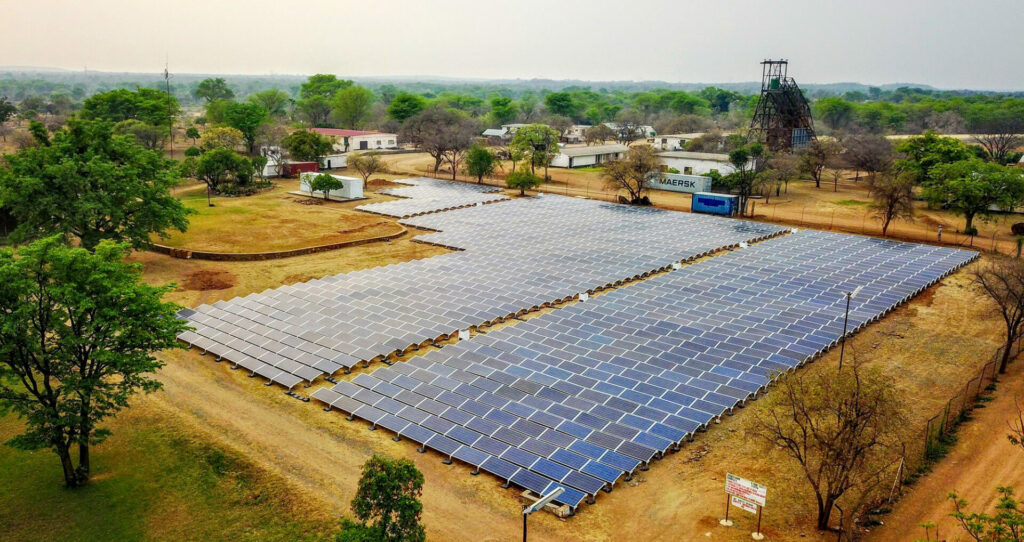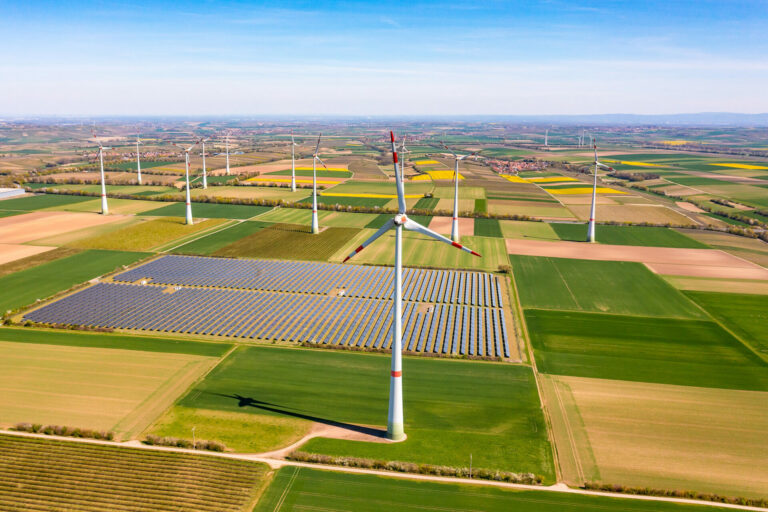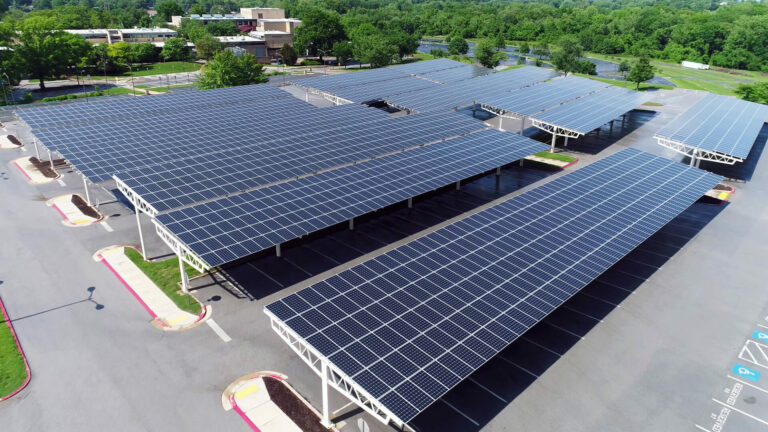The concept of renewable energy is a simple one in theory. Creating heat and energy through fuel sources that may well have a perpetual lifecycle is a vital aspect of any governmental policy. In order to reduce carbon emissions, decrease global warming and meet climate targets, sustainable and renewable fuels need to be top of the agenda. Science and innovation, coupled with the skills inherent in construction and technology, mean that the drive towards transitioning to renewables should be attainable, if not easy. So why is it that this issue is hit with delays and stumbling blocks at every corner? Powerful lobby groups and single use fuels seem intent on clinging onto power while seemingly accessible and sensible choices struggle to gain traction. Given that the motivation to making this transition seems as political as it it environmental, it may yet be a long road ahead. However, lobby groups and politics are not the only barriers to renewable energy.

When it comes to environmental reform, we are always told to do more. From every corner of the globe the message is clear; the planet is on an unsustainable path and we humans that inhabit it are called to action. Notwithstanding the glaring omission of including large scale businesses in this conversation, it seems as though a crude tool is being used here. Everyone needs to recycle, people should live sustainably, we should all ‘go electric.’ Well-meaning and ideologically-correct as it is, it seems that we are continuously bombarded with both evidence and conjecture. We are told that sustainable fuel is needed while fossil fuels bans should be imposed in domestic settings… but are things as simple as this? On closer inspection, it seems as though the gravity of the situation means that our lived reality can rarely keep up. It goes without saying that the goals are worthwhile and these voices have merit. The problem with these rigid demands, however, are that very few people are in a position to actually follow them. It is widely regarded that families experiencing unemployment or poor housing solutions are in a difficult position when it comes to buying more costly, yet sustainable, foods or items. The ability to repurpose — or in some cases rebuild — heating systems is certainly not universal. With the cost of living spiraling out of control, families and homeowners across North America need to make savings wherever they can. When this is viewed on a larger scale however, even greater problems emerge.
The unfortunate truth is that climate change poses the greatest impact to those least responsible for it. This includes low-income and disadvantaged communities, women, racial minorities, marginalized ethnic groups and the elderly. These facts form the cornerstone of the Climate Equity movement. Climate equity involves the equal distribution of the benefits of climate protection efforts and also alleviates unequal burdens created by climate change. Simply put, Climate Equity is ensuring that those most effected by the devastating impact of climate change are given the most tools and protection to combat it. As programs and initiatives to reverse the effects of climate change are announced around the world, it is imperative that recognizing the need for climate equity is a vital aspect of any initiative. According to World Resources Institute, a science- and evidence-based institution established in 1982 to carry out rigorous policy research in the areas of global environmental and development issues, the benefits of climate equity are substantial. “Low-carbon and resilient climate action can be a powerful engine to revitalize global economic growth, contribute to poverty reduction, generate jobs and expand income opportunities, all while vigorously countering growing climate risks. Among other benefits, ambitious climate action could lead to benefits like improving food security, reducing energy costs, creating more than 65 million new low-carbon jobs and preventing 700,000 air pollution deaths in 2030.”
In a world where climate inequality, in both the funding and infrastructure required to alleviate it, plays a massive role, what can be done to redress the imbalance? Thankfully, solutions are not too far away. The Africa Renewable Energy Manufacturing Initiative (AREMI) launched at Abu Dhabi Sustainability Week 2023 recently to great fanfare. Those behind the initiative, philanthropic groups and environmental organizations, are driven to empower African countries by sharing skills, information and opportunity. “Our goal is to drive investment and mobilize action in African countries to scale up renewable energy manufacturing capabilities. This international Initiative will help drive the financial, technical, and socioeconomic investments required to unlock the continent’s potential for up to 1.2 Terawatts of clean energy, 14 million new jobs and 6.4% growth in GDP by 2050.”

In addition to this plan, detailed research has been conducted to highlight the challenges and benefits of renewable energy production in Africa. The results of this report were intriguing. While recognizing that Africa will be under considerable pressure to develop and grow its power network, the potential is there to meet these needs in sustainable and practical ways. According to research conducted by the group, Africa’s demand for power is projected to double by 2030 and grow by a factor of eight by 2050. With current infrastructure in place, these demands are virtually impossible. However, the fact that the continent has almost unlimited potential for solar energy, coupled with abundant hydro, wind and geothermal energy sources gives rise to the hope that changes can be made. “The report – supported by Bloomberg Philanthropies, the African Climate Foundation, and the ClimateWorks Foundation – analyzes Africa’s renewable energy manufacturing landscape, highlights pathways to accelerate a homegrown renewable energy industry, and provides a roadmap to help bridge the gaps and achieve a just, equitable, and green energy transition in Africa.”
To ensure that the transition to renewable energy sources is conducted in an equitable manner, solutions need to be provided. While Africa is not the only example of climate inequality, the Africa Renewable Energy Manufacturing Initiative is leading the way in terms of providing the education, tools and assistance needed to balance things out. As part of the work being done by AREMI, ten key opportunities across eight different African countries were identified. Its research considered the readiness of each country to make transitions and considered many key success factors including demand, manufacturing scale, political stability, policies and regulations, trade relations with China, infrastructure and the ability to export. According to those at AREMI, the potential benefits are enormous. “On average, Africa could experience a ~6.4% increase in GDP between 2021 and 2050 that is directly attributable to the energy transition. Economic growth is expected to be driven by public investment and expenditure; private investment in energy transition technologies; and net trade differences. Key sectors likely to benefit from this transition include electricity supply—for underserved and low-income areas—public and personal services, basic manufacturing, and business services.” While the transition period to renewable energy is fraught with political struggles, the benefits are clear for all to see. This transition not only positively impacts the environment, it provides solutions to some of the greatest inequalities still present today. The question of balance and equity is a difficult one. It seems, however, that the questions may finally be nearing an answer.


















